A 2020 article by Business Insider introduces a troubling revelation:
The damage brought upon by the global pandemic can be as devastating toward gen Zs as the financial disaster from 2008 to 2009.
To attract and retain an entire cautious and risk-averse generation, campus recruitment needs an innovative strategy that strongly leverages technology as early as possible. A holistic approach empowered by a campus recruiting software will guarantee recruitment efficiency from employer branding to final onboarding.
Let us go through some of the solutions being employed by modern recruiters in the ever-present talent hunt.
Just in case you need a refresh on campus recruiting, take a look at our Campus Recruitment 101 blog.
COVID-19 Impact on the Way We Recruit & Work

Social distancing has irrevocably changed how we work and recruit. The global talent acquisition and management firm Alexander Mann Solutions, in partnership with Aptitude Research – conducted surveys across North America, EMEA, and APAC during the pandemic to establish the impact of Covid-19 on talent acquisition:
Alexander Mann Solutions Survey Result
- 38% of companies had put talent acquisition on hold
- 17% of companies reduce the numbers of hires planned
- 60% of companies want to fill opening positions fast
- Earlier in 2020, 8% of companies used an outsourced model, but as the pandemic ensued, this number doubled.
Peculiarly, although the number of hires drops, the speed of recruitment is still a priority. Enforced quarantine measures also play a significant hand in how companies acquire their talents. As physical interviews or traditional career fair events are no longer an option, recruiting teams now focus their attention on the internet and various campus recruiting techs.
Flexibility Is the Top Priority
Before Covid 19, the flexibility of working from home or a remote location can be a very enticing perk. However, the pandemic has turned this work model into a commonality. Some employees even expected it as a standard option for a position when job hunting, and companies could also look into adopting these changes into their marketing tactics.
According to Future Forum research of 4,700 global knowledge workers, the majority never want to go back to the old way of working. Only 12% want to return to full-time office work, and 72% want a hybrid remote-office model moving forward.
As of the writing of this post, global businesses of all sizes employ the “work-from-home” format. Companies like Twitter have decided that their employee can work from home forever if they wish to. Any company that offers flexible working modes can potentially impress young talents in Generation Z. You are looking at a generation with a very different view regarding the traditional 9 to 5 work schedule.
The Virtual First Approach – Increase in Campus Recruiting Technology Usage

According to a Forbes article, global internet usage saw a surge up to 70% compared to the pre-pandemic period. The Internet’s role as ‘The great Connectors’ became even more apparent during social distancing.
With the workplace now distributed across homes, offices, and satellite offices, employees can easily work remotely or face-to-face. On LinkedIn, Job inquiries with the tag “Remote” applied have increased more than double since the beginning of March 2020. Managers, in return, learn how to manage, collaborate, evaluate performance, and motivate their team remotely to adapt to this work model.
Campus recruiting was also heavily affected in this first quarter of 2020. The National Association of Colleges and Employers sent out a poll on March 9, 2020, amongst its members regarding how the pandemic has changed their respective campus recruiting plan.
By the end of March, the number of NACE members planning to attend a career fair has dropped from 43.60% to 19.60%.
With physical events out of the option, recruiters also turn to the internet. Innovations such as video interviewing or virtual career fairs now play a pivotal role in reaching out to and keeping contact with candidates.
Campus Recruiting Technologies to Win the Virtual Recruitment Battle

As recruiting teams steadily incorporate the ‘Hybrid’ campus recruiting trend, here are 5 key recruiting solutions to give your strategy a boost!
Virtual Career – Host Your Virtual Event With Campus Recruiting Technology
Overview
The recruitment industry, especially campus recruitment, remains in a perpetual freezing state throughout the first months of 2021. With schools and career events closed or canceled, reaching potential candidates and building a talent pipeline seems like a very challenging task.
However, the pandemic is also pushing recruiters to innovate the way they approach Campus recruitment. Holding a physical career fair is no longer the centerpiece of the campus recruitment strategy. Companies can now recruit a young employee in the comfort of their office by inviting them to visit a virtual event platform.
In a 2021 survey by Markletic, out of 3851 respondent in the B2B market segment, 55% want to invest more into this campus recruiting technology in 2021.
Virtual event platforms employ various tools, from chat programs and telecommunication functions such as video call to visual tools like video or graphic editing tools to plan, market, and host virtual events. The tool’s primary mission is to allow users to deliver the experience of in-person physical events through a digital format. vFairs, for example, allows participants to visit an entire event, including individual booths, to be displayed in a positive, 3D-styled visual experience.
Want to experience a virtual fair? Check out this demo for a campus open day – hosted by the vFairs platform:
Common Features
Here are some standard features that any business should take into account when choosing a virtual event platform. Most providers have multiple user plans to accommodate a wide range of companies. Depending on your budget and type of event, consider checking user plans for one that fits your budget and purpose:
- Customization: A virtual event platform’s main draw is its ability to be customized to fit any event or organization that uses it. You usually find standard customizable features in a virtual event platform like branded event site, branded registration form, or email template. Some advanced virtual event solutions can even let account holders edit and add brand elements to videos.
- Online registration tool: This campus recruiting technology makes it incredibly simple for graduates, applicants and employers to sign up for events or submit resumes and track attendees. A virtual sign-up form is a potential information and branding source for any organization. You can gain crucial metrics such as age groups or industries that show interest in your event.
- Event management software: Managing a virtual career fair comes with its difficulties. However, an excellent virtual event platform can offer solutions in the form of event management software. For example, a chatbot to help recruiters collect information from attendees, answer queries, ensure engagement, or event registration support.
- Different space styles: For the best in-person experience for a virtual career fair, a virtual platform can create multiple types of spaces for different activities for attendees to socialize: Lobby, Exhibit Hall, Auditorium/Theater, and even group or private virtual rooms.
- Communication features: Communicating with your attendees throughout the event is an excellent way to keep them engaged and a perfect outlet for information valuable to the recruiters. You can expect common functions such as creating feedback surveys and polls, private and public chat, video calls, etc.
Who Is Doing It Right?

Like many organizations worldwide, the University of Hawai’i College of Engineering also suffered the effects of the Global Pandemic. As an island state’s campus system, the university has always valued strong relationships created through in-person interactions.
For their 2021 Fall Career Day, the University of Hawai’i College of Engineering has decided to adopt a virtual event platform to continue pushing its core value and bridging students with potential employers amidst the pandemic.
With features like interactive information booths, virtual text, and video chats, the university managed to hold a successful career day with the same level of interaction as their in-person events.
In the end, 35% of over 2000 conversations translated into actionable follow-ups, and the University of Hawai’i College of Engineering ended their Career Day with a 75% attendance rate.
Video Interviewing – Interviews Any Time, Anywhere With This Recruiting Technology

Overview
Even before the Covid 19 pandemic, global businesses were already very familiar with the term “Video interviewing.”
According to Handshake, out of 192 businesses interviewed in 2020, 89% of employers adopted video interviewing.
As the name suggests, video interviewing is when two parties interview via the connection of the internet. There are two types of video interviewing. Live video interviewing is when the conversation takes place in real-time, like a regular session. An asynchronous interview is when the interviewee records themselves answering the questions and then sending it to you for review.
Common Features
Benefits such as reducing cost-to-hire and time-to-hire, connecting with talents from all over the world, and eliminating biases through structured interviews draw recruiters to this novel interview technology. Consider these features when picking your video interviewing solution:
- Live or asynchronous interviews: Most video interview platforms such as Vidcruiter can either conduct your interview in either the live or asynchronous template. With live interviews, you can expect the experience somewhat similar to a video call. For asynchronous or one-way interviews, the platform will act as a mailbox for candidates and students to send back their videos. With one-way interviews, you can review submissions wherever and whenever you please.
- Team sync-up: With video interviews, you have the option to include your hiring team in the hiring process. With each interview’s content accessible, your teammates can contribute a new perspective regarding a candidate.
- ATS integration: An integration between your chosen video interview platform and ATS has a lot of benefits. Optimize your recruitment process by instantly accessing your interview recordings, candidates’ resumes, evaluation notes on the same application. Additionally, a video interview attached to a candidate’s profile is convenient if you want to go back to the said candidate if another job becomes available.
Who Is Doing It Right?
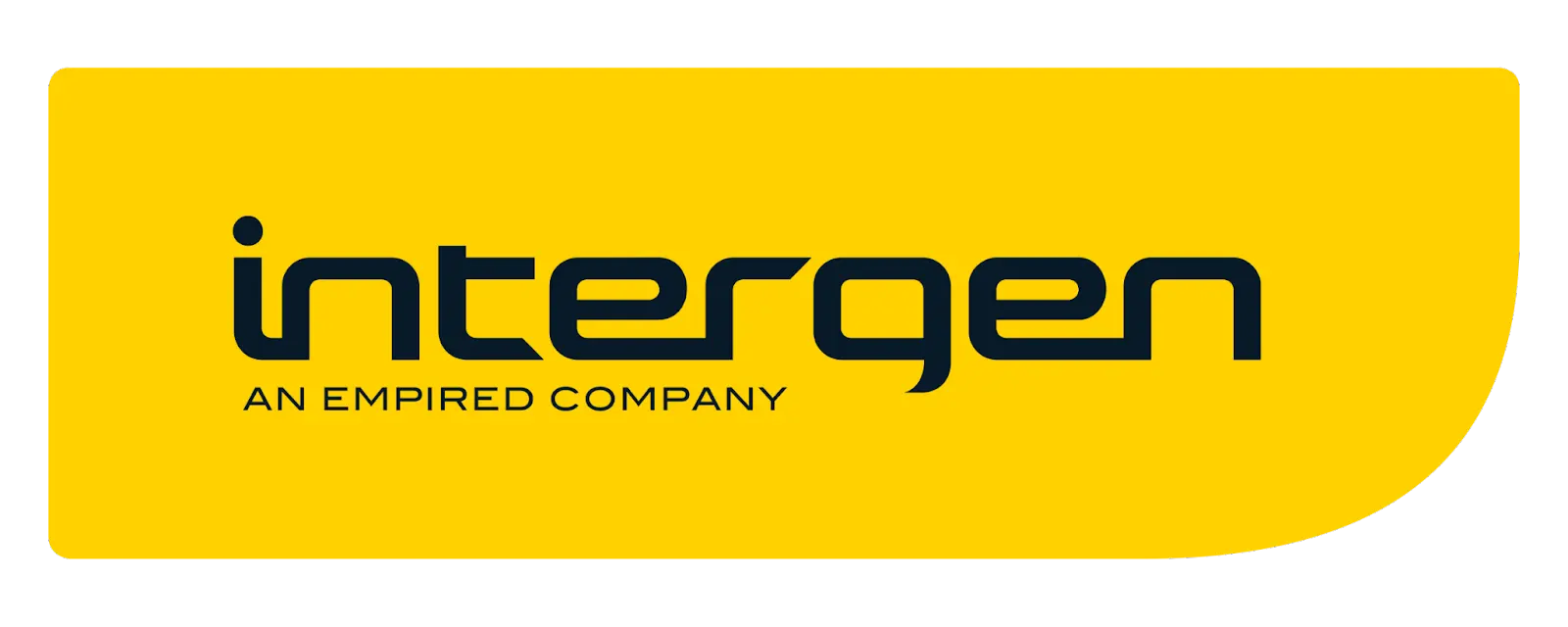
Intergen is a New Zealand IT Service Provider with the power to provide a variety of enterprise-ready IT services and solutions. With over 300,000 active staff globally, their graduate program always looks for young, talented candidates.
The way Intergen employs its virtual interview solution can be described as “highly flexible.” Depending on their hiring position, this campus recruiting technology can cover the pre-screening stage or serve as an entire process. So far, the company has employed video interviewing for its graduate program and international positions to overcome different time zones.
Their video interview software has enabled Intergen’s recruiting team to reduce their time-to-hire and drastically give recruiters more confidence in their hiring decisions. As Intergen recruiters can receive at least 150 applications within two weeks for their graduate, the solution enables the team to screen candidates in record time but with high accuracy.
Automated Interview Scheduling – Scheduling Made Easy With This Recruiting Technology

Overview
Logistical tasks such as scheduling multiple interviews can be challenging for small-scale recruiting teams. Back-and-forth email exchanges can take away the team’s valuable time. Keen-eyed recruiters understand that candidates can form opinions about a business from everything, even from an interview invitation. A delayed invitation can mean that the company is not 100% invested in a candidate or just incompetent.
Common Features
The use of interview scheduling tools is a game-changer, enabling small recruiting groups to achieve big results. This campus recruiting technology helps optimize, automate and synchronize the entire scheduling process, freeing recruiters from time-consuming manual jobs. Here are some features that can transform your way of interviewing:
- Can hold diverse types of interviews: Scheduling a one-on-one session is very simple. However, organizing multiple individuals for a session like a panel interview can be a challenge. Some scheduling solutions can help employer host various forms of interviews. For example, Rakuna’s interview scheduling solution can help employer host 1-1, panel, phone, video, in-person, back-to-back, all-day interviews – all according to your needs.
- Task automation: Some applications can send reminders and confirmation emails in your place. Manually handling these tasks means you can forget to inform a candidate or recruiter of changes. By ensuring each individual received logistical details such as interview time, an interview scheduling tool can help reduce the no-show rate.
- Calendar management: Recruiters and candidates alike are spoiled with calendar apps choices; most commonly seen are iCal, Google Calendar, or Microsoft Outlook. An interview scheduling tool allows users to synchronize different calendar types. Time management will feel like a breeze when you can access all your schedule on a single platform.
- Customization: Branding is always part of the employer’s chief concerns. A good branding strategy can instill confidence in candidates by making them feel they have invested in a strong brand with a proper system and enough care. Most scheduling solutions allow the employer to showcase their brand, whether through the profile, email templates, or visual aspects such as letter font.
Who Is Doing It Right?
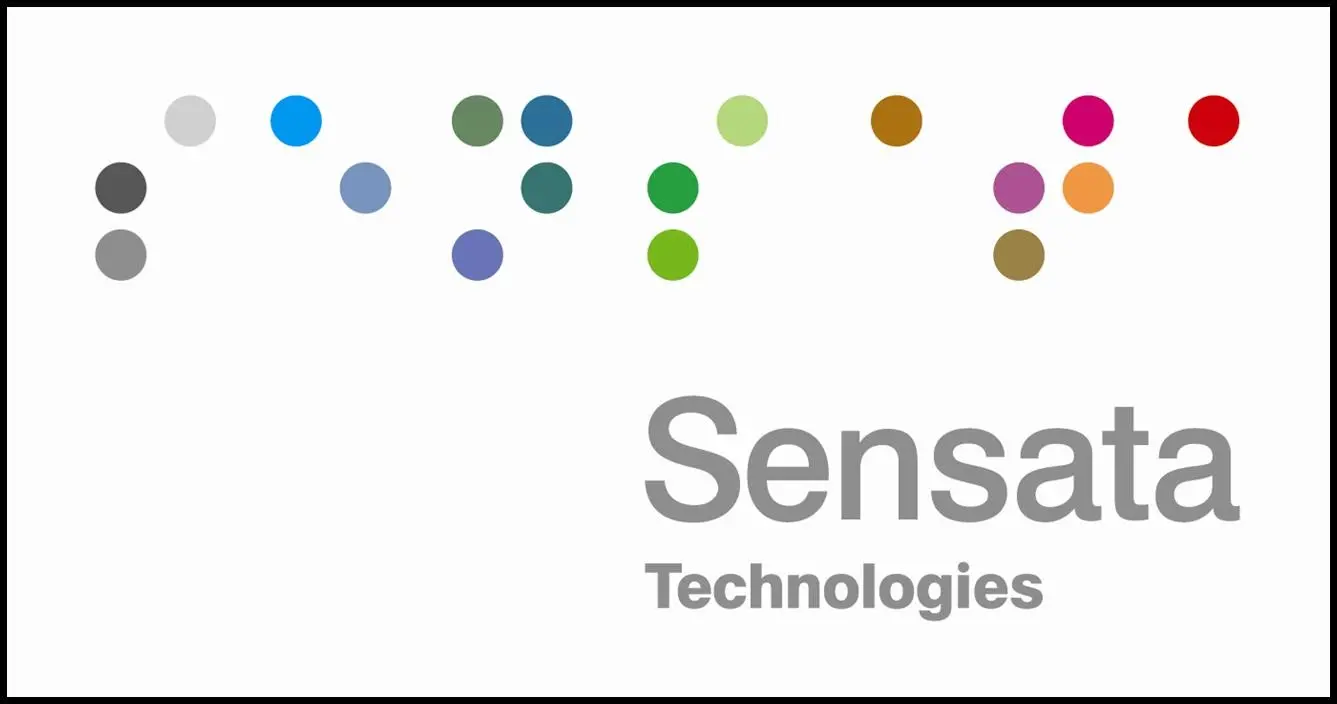
Sensata Technologies (Sensata) is an early innovator and one of the world’s leading suppliers of sensing, electrical protection, control, and power management solutions.
In 2019, with the increased demand for campus recruitment to meet their recruiting targets, Ryan Hawkins, University Relations Recruiter at Sensata, and his University Relations team were painstakingly coordinating interviews over days of back-and-forth emails. This was starting to take a toll on the team’s productivity.
Rakuna immediately came up with an answer to Sensata’s problem – adopting the Rakuna Interview Scheduling tool.
The Interview Scheduling tool enables Sensata to skip hours of manual work and improve their productivity by allowing the team to:
- Quickly view calendar availability of all interviewers
- Schedule bulk interviews with time-slot-auto-generation feature
- Enable candidates to self-schedule and self-reschedule without extra communication
- Autogenerate confirmation and reminder emails to candidates and interviewers pre-interviews
- Send automated and customizable follow-up emails to students post-interviews
- Consolidate all interviewers’ feedback in a central repository with customized evaluation forms
With their new campus recruiting technology, Ryan and his team managed to overhaul their recruiting process:
- Shortened Time Spent On Scheduling: Less than 10 minutes/week compared to 24+ hours of manually scheduling/week before.
- Positive Interview Experience For Candidates: The team can now provide quick responses and create a positive experience.
- Acquire Top Talent Quickly: The team gets the feedback faster and moves to offer hiring candidates quicker.
- Enhanced Experience For Interviewers: Interviewers can (1) quickly view their schedule updated in real-time, and (2) easily log interview assessments for all candidates in one streamlined platform.
Text Recruiting – Recruiting Technology to Simplify Mass SMS Campaign

Overview
The smartphone is likely one of the most widespread technological devices in the world. With the ability to connect to the internet, a smartphone is the quickest route to connect young generations to job news Back-and-forth opportunities.
According to the BBC, out of 3200 young respondents aged 3 to 15 and their parents, 50% of 10-year-old respondents have their mobile phones.
For young millennials and Gen Z who have grown up with technology, text recruiting seems to be the smartest and most sensible way to contact and maintain the engagement of potential talents.
Text recruiting is the act of advertising job positions, communicating, and attracting prospective talents through text messages. This recruiting tech streamlines the recruiting process by tackling logistical-heavy tasks such as running SMS campaigns and enabling task automation.
Common Features
With almost every individual worldwide owning a phone, it has become easier to reach out using this campus recruiting technology. Here are some features of a text recruiting tool you should consider before you start blasting text messages to your prospects:
- Text messages management and virtual phone book: The main point of a text recruiting app is sending and receiving messages. Users can create, customize, and send personalized messages to candidates directly through the text recruiting software. Information management for both single or bulk messages makes this technology so useful for a modern recruiter. Users can create and store and import dozens of contacts of their prospective candidates.
- Process automation: Some text recruiting apps can allow users to skip specific manual tasks. For example, Recruiters can contact a particular group of audiences through automated SMS campaigns or generate instant answers for frequently asked questions.
- Integration with other recruiting applications: account holders can integrate most text recruiting apps with other campus recruiting software, such as an interview scheduling solution. A tech-savvy recruiter can automatically arrange multiple interviews through the scheduling tool and have the text messaging app remind both parties of the scheduled date.
Who Is Doing It Right?

Obrascón Huarte Lain is a Spanish multinational construction and civil engineering company. With active construction operations across 9 States in The US, OHL’s recruiting team is always actively hiring for various positions.
Before adopting a text recruiting solution, OHL’s recruiters struggled to maintain strong relationships with their applicants, receiving too few responses from qualified candidates.
As OHL targets candidates who spend most of their time on loud construction sites, traditional phone calls and email campaigns were proven to be ineffective. Instead, the team decided to adopt a text recruiting solution and begin messaging their potential candidates.
With a text campaign, candidates can choose their own time to respond to OHL’s contacts while the recruiting team avoids having their messages stuck in a spam inbox. The result for OHL was immediate:
The average response time from both recruiters and candidates is now less than an hour with a candidate response rate increased to 93% !
Virtual Onboarding – Campus Recruiting Technology to Ensures Your Candidates Has the Best Onboarding Experience
Overview
Interviewing is not the only recruiting process one can do virtually. Thanks to the internet, virtual candidate onboarding is also possible. Even with a different approach, the core idea of candidate onboarding is still the same. It is to make sure any new employee would have adequate knowledge to perform their duty confidently and make them feel excited to be part of your team.
The key to successful onboarding is the synergy between the onboarding solution and its user. Here are some features you could utilize to enhance the candidate onboarding experience.
Common Features
- Workflow planning and monitoring: Most recruits will usually be disoriented during the induction process. Planning should be the foreground of your onboarding strategy. A virtual onboarding solution can simplify the planning process. Preppio Virtual Onboarding Solution, for example, allows for a drag and drop design to help both employers and their candidates to visualize the onboarding process better.
- Onboarding analytics: onboarding data is priceless for organizations that want to improve their onboarding strategy. Which parts resonate well with candidates, which parts do they struggle to get through? For this reason, look for solutions that allow you to collect information to improve your future sessions.
- Branding: Similar to virtual event solutions, most virtual onboarding solutions let employers customize various aspects, both visual and text, to help them convey their business’s culture. You can also look for solutions that offer live interaction, such as live chat or video calls, to let your candidate interact with your team.
Who Is Doing It Right?
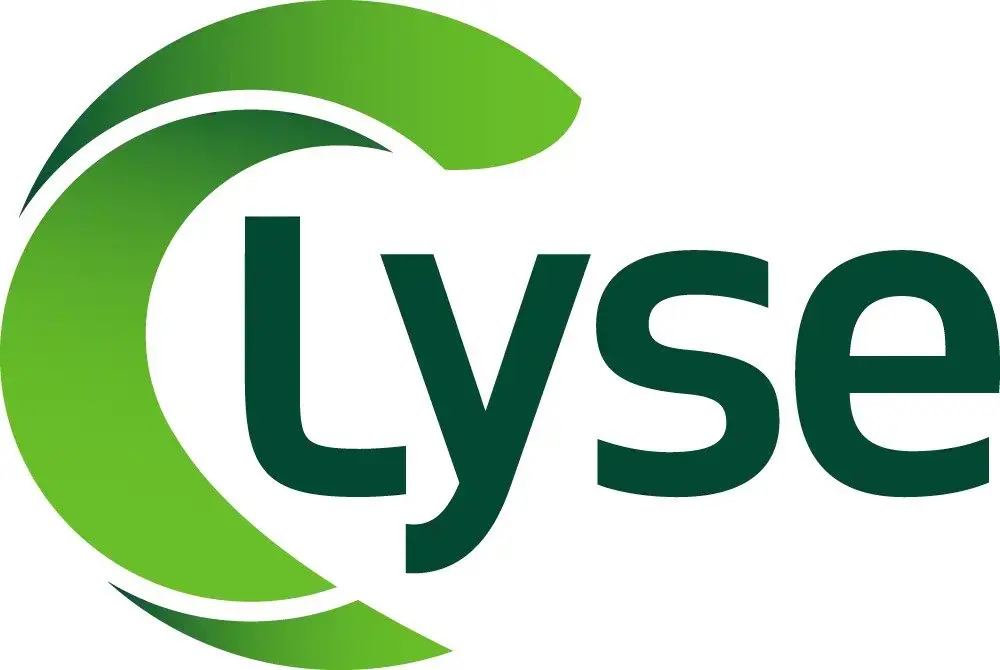
Lyse Energy is a Norwegian energy company. They are actively producing energy and developing and maintaining the power grid in 14 municipalities in the country. To become one of the best places to work in the country, the company has identified critical weaknesses in its onboarding process to improve using a virtual onboarding tool:
- Low productivity: previously, Lyse’s new hire often took time to start showing productivity because both parties did not adequately follow up on introductory courses and tasks. Their chosen virtual onboarding solution now tracks assigned tasks and informs both parties of current progress and deadline.
- Information inconsistency: Lyse detected inconsistencies in the onboarding process. As the process was being handled by hiring managers across different departments, the onboarding result is often individual-dependent. Their solution for this problem is to have the onboarding solution distribute standardized information files to new hires across the company.
Conclusion
The nature of campus recruiting is one of change and improvement. To better find and attract tech-savvy candidates, recruiters constantly adapt game plans that incorporate campus recruiting solutions to optimize their hiring process.
By reading this article, we hope recruiters can identify their strategy and pick out the perfect technology solution to enhance their campaign. Ready to start hiring? Check out this informative article on how to plan your campus recruiting campaign
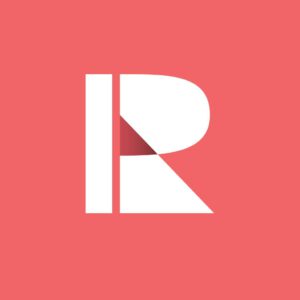
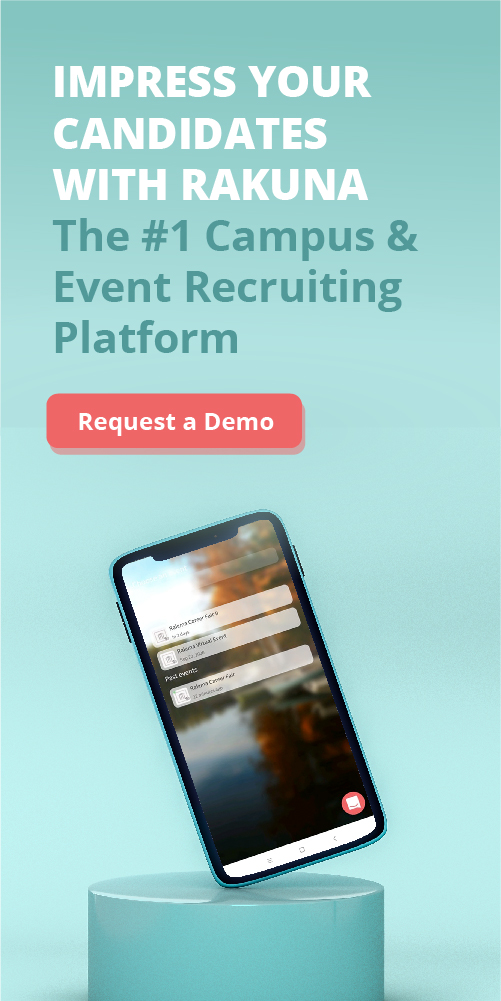

 ️ by Rakuna
️ by Rakuna